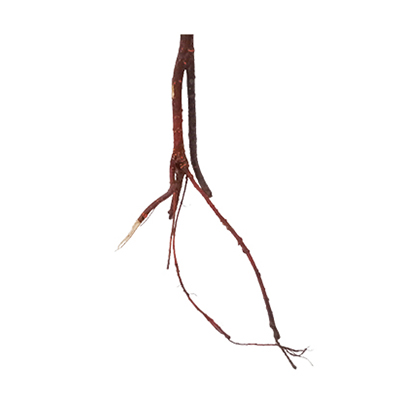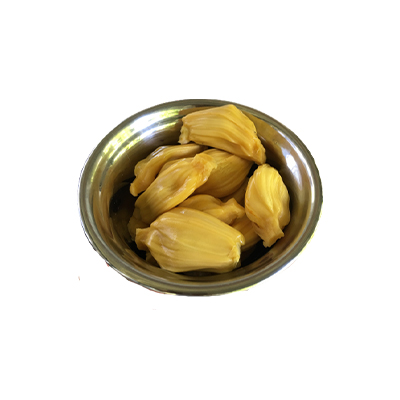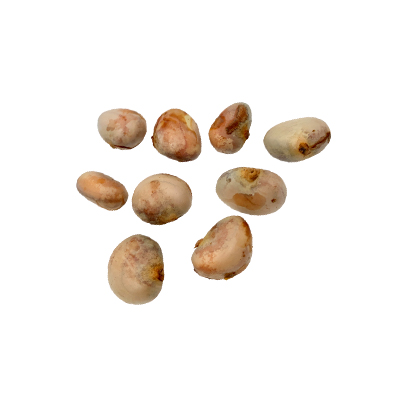Jackfruit
Artocarpus heterophyllus Lam.
Moraceae
Location in our garden
Orchard

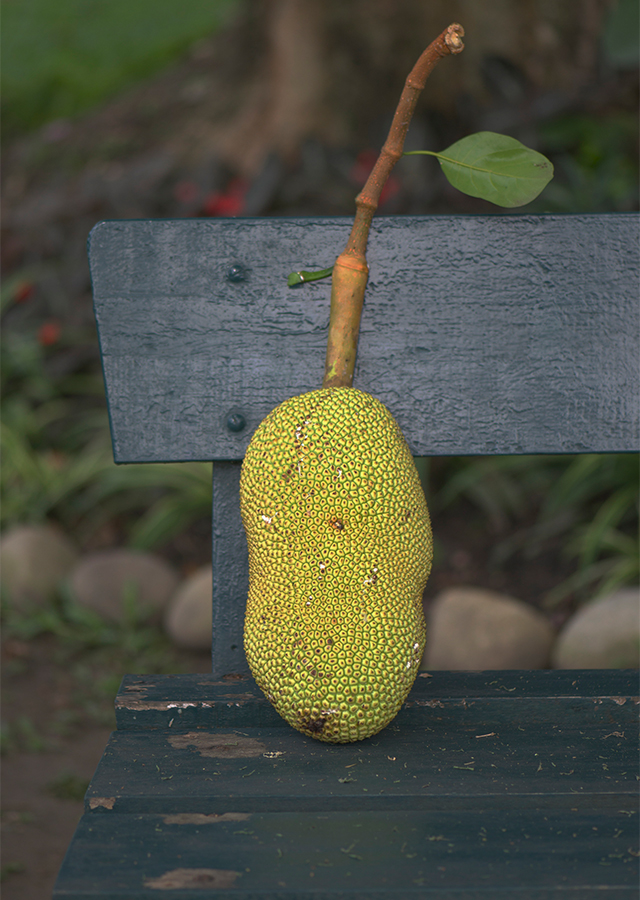
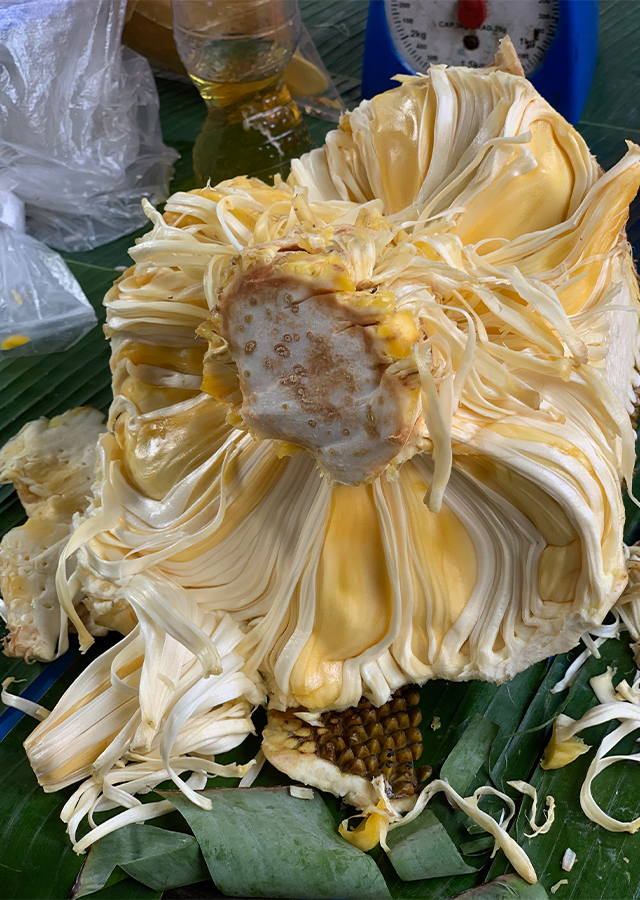
Synonym
Artocarpus brasiliensis Gomes
Artocarpus maximus Blanco
Artocarpus nanca Noronha
Habitus
Trees. An evergreen tree, straight trunk, grow up to 30 m tall and 200 cm in diameter
Part Used
Leaves
Seeds
Bark
Fruit
Roots
Growing Requirements
Full Sunshine
Habitat
Terrestrial
Overview
Jackfruit is believed to be indigenous to the rain forests of the Western Ghats, India. It was introduced and naturalized in many parts of the tropics, particularly in the South-East Asian region. The pulp of young fruit is cooked as vegetable while the seed is consumed after boiling or roasting, and contains antioxidant with many health benefits.
Vernacular Names
Kathal (Bangladesh), Jaqueira (Brazilian), Jackfruchtbaum (German), Alasa (India), Miiz (Laos), Nangka (Malay), Peignai (Myanmar), Kapiak (Papua New Guinea), Langka (Philippines), Banun (Thai), Jacquier (French), Nangka (Indonesia), Khnaôr (Cambodia), Miiz (Laos), Mít (Vietnam).
Agroecology
It is found mainly in evergreen forests at altitudes of 400-1.200 m, but it grows well on warm and humid climates below 1.000 m. It is fond of heavy rain with minimum rainfall of 1.500 mm. The best soil type for its growth is deep, well-drained, alluvial, sandy or clay loam soils with pH 6 -7.5.
Morphology
- Barks - dark grey to greyish brown in color, rough to somewhat scaly.
- Leaves - simple, upper surface is dark green and shiny, lower surface is dull pale green, thin leathery, obovate-elliptic to elliptic, 5-25 x ,35-12 cm, apex is rounded or blunt with short and pointed tip.
- Flowers - compound flowers, axillary located, dark green in color. Male flower head is barrel-shaped and consists of sterile and fertile flowers. Female head bornes singly or in pairs distal to the position of male heads, cylindrical or oblong,
- Fruits - barrel or pear shaped, golden yellow in color, 30-100 x 25-50 cm, with short pyramidal protrusions or warts, hard or soft and fleshy perianths that surround the seed.
- Seeds - numerous, light brown, elongated to ellipsoid, 2-4 x 1.5-2.5 cm, enclosed by horny endocarps and subgelatinous exocarps, endosperm very small or absent
Cultivation
Propagation is mostly by seeds since vegetative propagation is not easy. Nevertheless scientists from India have reported successful in vitro propagation. Using seeds, germination begins within 10 days under suitable conditions and 80-100% germination is achieved within 35-40 days after sowing. The seedlings are best raised under shade (50-70% of full light intensity). In plantation, trees are spaced 8-12 m apart in square or hexagonal patterns and the usual density is 100-120 trees/ha.
Chemical Constituents
Morin, dihydromorin, cynomacurin, artocarpin, isoartocarpin, cyloartocarpin, artocarpesin, oxydihydroartocarpesin, artocarpetin, norartocarpetin, cycloartinone, artocarpanone. heterophylol, tannin, sapogenins, cycloartenone, cycloartenol, β-sitosterol, and ursolic acid.
Traditional Medicinal Uses
- Root used as a remedy against skin diseases and asthma and its extract is to treat fever and diarrhea (India).
- Leaves recommended for antidiabetic drug (India). Heated and placed to treat wounds (India). Burned with maize and coconut.shells and the ash is used to heal ulcers (India).
- Latex mixed with vinegar to promote healing of abscesses, snakebite and glandular swellings (India). Used as drug for fever and helminthic diseases (India).
- Seed considered as a cooling and nutritious tonic which is useful to overcome the effects of alcohol (China). Its starch is used to relieve biliousness (South East Asia). Roasted to serve as an aphrodisiac (South East Asia).
Part Used
Reference Sources
- Prakash, O., Kumar, R.,Mishra, A., and Gupta R. 2009. Artocarpus heterophyllus (Jackfruit): An Overview. Phcoc Rev. 3(6): 353-358.
- Verheij, E.W.M. and Colonel, R. E. (Editors). 1992. Plant Resources of South-East Asia No 2. Edible Fruits and Nuts. Prosea Foundation, Bogor, Indonesia. 446 pp.
